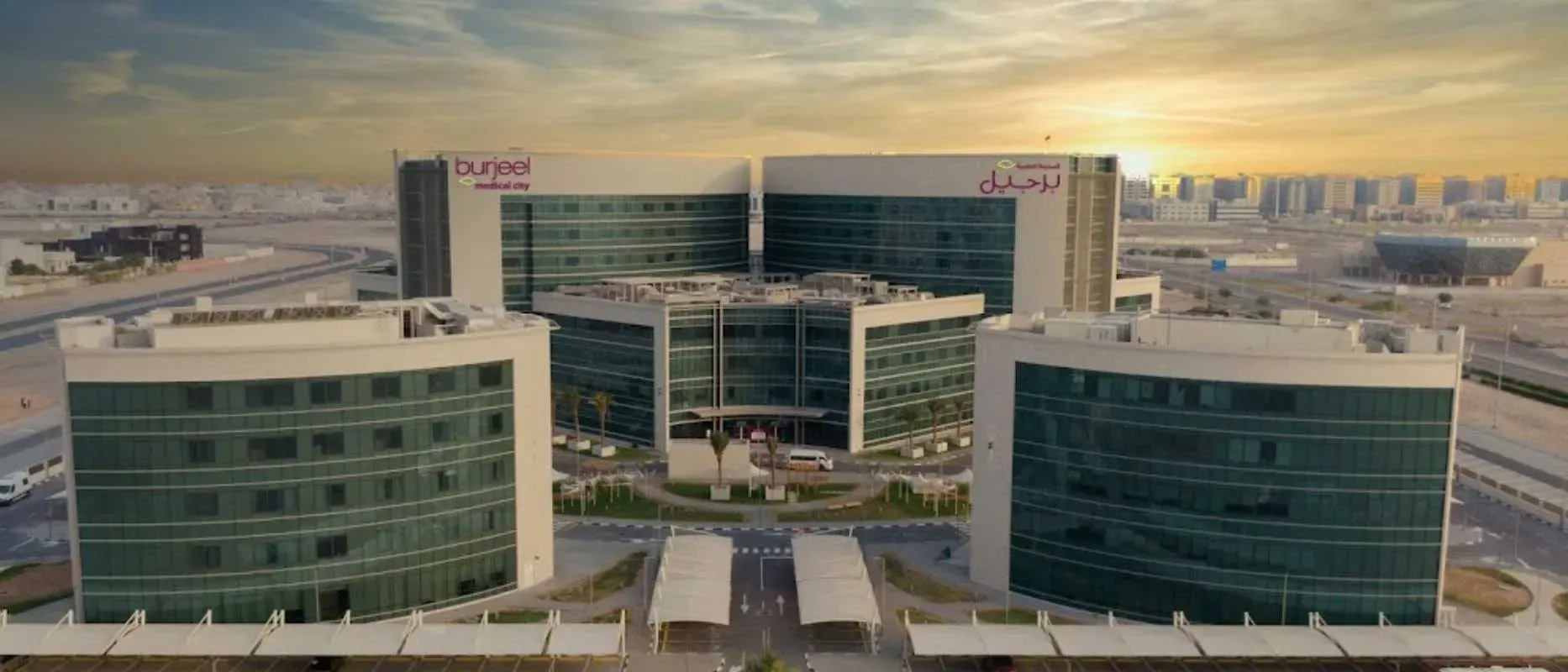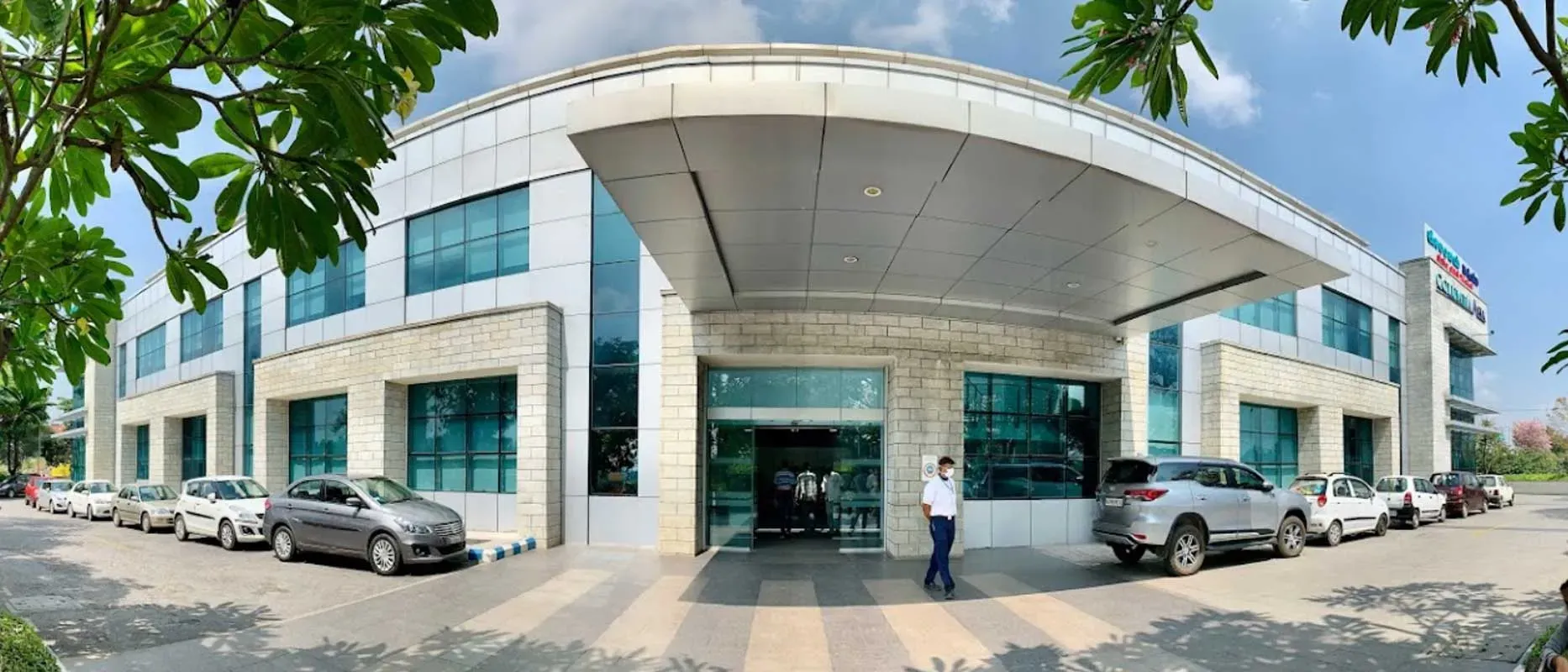Overview of Lasik Surgery Treatment India
LASIK surgery is a medical procedure in which the problem of vision is corrected by the use of laser energy. LASIK stands for laser-assisted in situ keratomileusis and is another option for people who use glasses or contact lenses to see clearly. In this procedure, laser energy is used to change the shape of the structure of the eyes. In normal conditions, the light refracts at the right angle to provide clear vision but in the cases of nearsightedness and farsightedness, the light does not refract at the right angle which provides blurred vision. There are also some risk factors associated with LASIK surgery that may not be suitable for every patient. LASIK surgery is performed only when there are more advantages of surgery than the disadvantages such as it may not be performed on the complex cases in which there are other medical conditions. LASIK surgery can be performed in less than 30 minutes. After the surgery, the itching and burning sensation can be felt and there will be blurry vision for some time. Some medications or eye drops can be used to reduce the irritation and pain. There may also be a restriction on doing heavy activities and swimming for some time after the surgery. LASIK surgery is an effective treatment and almost 80% of people lose their glasses and lenses after the surgery.
Types of Lasik Surgery Treatment India
Some types of procedures used in LASIK surgery are:
- Traditional LASIK
- Bladeless LASIK
- Custom LASIK
- LASEK (Laser Epithelial Keratomileusis)
- SMILE (Small Incision Lenticule Extraction)
Traditional LASIK
This is the most traditional LASIK procedure that uses a special kind of laser to create a thin flap in the structure of the eye before reshaping it. This procedure has some risk of complications.
Bladeless LASIK
Bladeless LASIK is also known as "all-laser LASIK". It also involves the use of a special laser to create a flap. This procedure offers more precision and reduces the risk of complications.
Custom LASIK
This procedure uses wavefront technology to create a personalized treatment plan in which higher-order aberrations are involved in addition to common refractive errors.
LASEK (Laser Epithelial Keratomileusis)
LASEK is another type of procedure that involves creating a tissue flap rather than removing it. This procedure has the advantage of quicker recovery as compared to the traditional LASIK procedure.
SMILE (Small Incision Lenticule Extraction)
SMILE is a minimally invasive LASIK procedure. In this type of surgical procedure, the flap is not created. It uses a femtosecond laser to create a lenticule within the cornea, which is then removed by reshaping the cornea for the correction of vision.
The procedure of LASIK Surgery
The procedure of LASIK surgery is described in the following steps:
Anesthesia: Anesthesia is given to the patient to reduce the feeling of pain and irritation throughout the surgery.
Creation of the Corneal Flap: The surgeon creates a thin corneal flap by using a special surgical instrument with a blade or an advanced type of laser. The flap is gently lifted to expose the underlying structures or tissues in the eye.
Reshaping the Cornea: A laser is used to remove precise amounts of corneal tissue based on the condition of a patient. This reshaping is customized to correct specific issues of vision, such as myopia (nearsightedness), hyperopia (farsightedness), or astigmatism.
Corneal Flap Repositioning: After reshaping, the corneal flap is carefully repositioned. It adheres without the need for stitches due to its natural suction properties.
Post-operative Care: Some medications or eye drops are used in post-operative care to reduce the pain and the chances of infection.
Cost of LASIK Surgery in India
The cost of LASIK Surgery in India ranges from 500 USD to 1500 USD. The type of technique used to perform LASIK surgery can affect the cost. The condition of patients at the time of surgery can also be a factor.
| Treatment Costs in India |
Min in USD |
Max in USD |
| SMILE LASIK Surgery |
1080 USD |
1440 USD |
| Wavefront Analysis |
1140 USD |
5400 USD |
| Femtosecond LASIK |
1080 USD |
1200 USD |
| Conventional LASIK |
300 USD |
360 USD |
Symptoms and Risk factors
Some of the indications of LASIK Surgery are listed in the following:
- Myopia (Nearsightedness)
- Hyperopia (Farsightedness)
- Astigmatism
- Presbyopia
- Contact lens intolerance
- Visual acuity issues
- Corneal irregularities
- Thin corneas
- Stable vision prescription
- Good overall eye health
- The desire for reduced dependence on glasses or contacts
- Active lifestyle
- Occupational requirements
- Convenience
- Improved peripheral vision
- Sports activities
- Allergies to contact lens solutions
- Cosmetic reasons
Risk Factors of LASIK Surgery
The risks that are associated with LASIK surgery are described below:
Corneal complications
LASIK involves reshaping the cornea, and there is a risk of issues with the structure of the cornea. This may lead to irregular healing or infection.
Dry eyes
Some patients experience dry eye symptoms after LASIK, which can be temporary but sometimes these symptoms persist for a longer period.
Visual disturbances
Complications of vision like halos, glare, or double vision can occur after the surgical procedure of LASIK. These symptoms are usually present at night.
Regression
In some cases, the treated vision may regress which may require another surgery or further correction of the complication.
Under correction or overcorrection
The laser may not achieve the desired vision correction which can lead to poor results of surgery.
Infection
In some rare cases, the infection occurs after the surgery of LASIK which can complicate the healing process.
Corneal ectasia
Corneal ectasia is a condition where the cornea weakens and bulges. This can occur after the surgery and may require additional procedures.
Pain and discomfort
Some patients experience pain or discomfort during the healing process. However, it can be managed with the use of medications and eye drops.
Flap complications
Sometimes wrinkles or dislocation can occur within the corneal flap which can also affect the vision after surgery.
Risk of vision loss
With poor handling and technique, there are some chances of complete loss of vision.
Other medical conditions
If the patient has other medical conditions like hypertension or other problems with eyes other than vision, it can create many complications during and after the surgery.
Top Hospitals for Lasik Surgery in India
Shaping the future of the healthcare institution and establishing the path to accomplishment.
Top Doctors for Lasik Surgery in India
Empower your Health with the Expertise of Leading Medical Professionals.
Dr. Amit Gupta
Department of Orthopedics & Opthalmology
Senior Consultant
Book Appointment
Treatment Costs for Lasik Surgery
Be the change and be an opportunist in transforming healthcare.
How it's Works
Guiding your Journey from Discovery to Treatment Planning and Beyond.
Discovery
Get a consultation to discover about your treatment
Pre-Treatment
Admission to the best hospital and all pre-treatment facilities
Post Treatment
Get post-treatment follow-up care with medicine fulfillment
Treatment Planning
Hassle-free treatment planning with package & cost estimations
in-treatment
world-class quality procedures and equipment for treatment
























